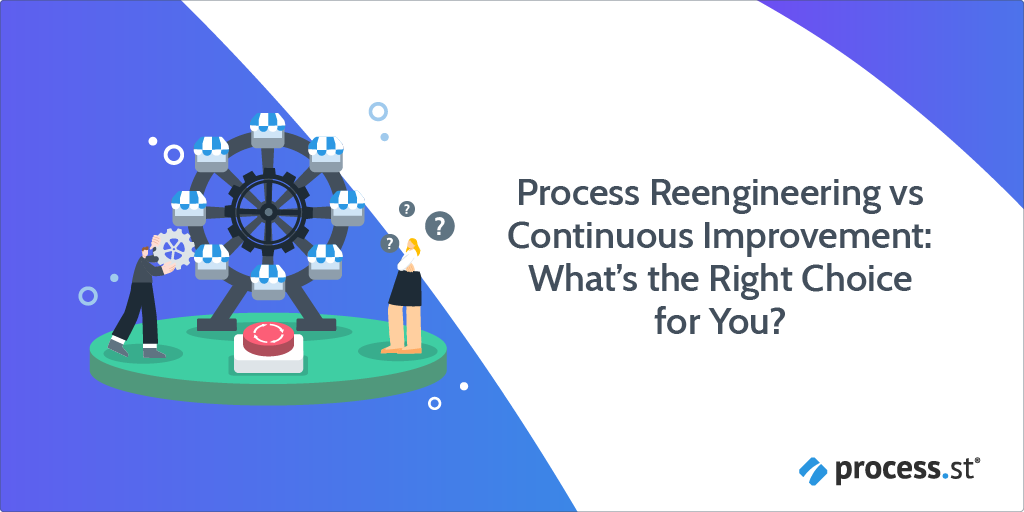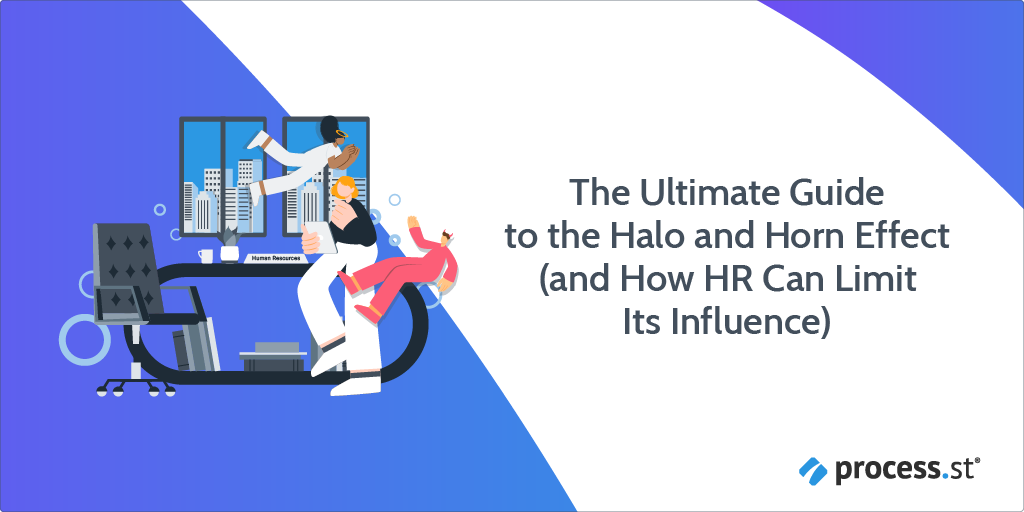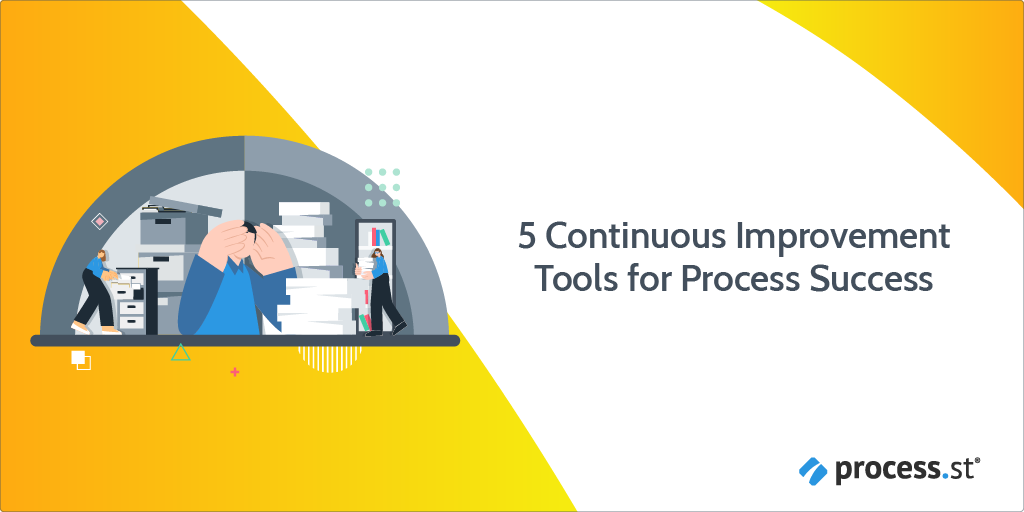
When I think of reverse mentoring, I think of summers with my grandparents as a teenager.
In 2011 they had recently replaced their dial-up with this neat little thing called “whiff-ee,” as my granddad pronounced it. But, as my grandparents grew up in the 1930s and 40s, they didn’t really understand how to use it. Thankfully, they had teenage tech support living in their guestroom for five weeks to help them with all their tech problems and to teach them how to connect all their devices.
I think many people have similar thoughts about reverse mentoring as I do. We think of the kids helping their grandparents with their smartphones and internet connections, setting them up with the simplest possible systems, but it is much more.
As a younger Millennial/older Generation Z (seriously, no one knows where to put the kids born between 1995 and 1999), my generation has now entered the workforce, and our approach to working is different than that of the generations before us.
34% of Generation Z believe opportunities for advancement are more important than their salary. If a significant portion of Generation Z is less money motivated, how do you convince them to stay with your organization long-term?
Here are a few other problems you may often think of: the War for Talent, the Great Resignation, and an increase in older workers choosing early retirement. The answer to these problems is reverse mentoring. Please allow Process Street to explain how it works:
- What is reverse mentoring?
- How to use reverse mentoring
- The benefits of reverse mentoring
- The challenges of reverse mentoring







 Workflows
Workflows Projects
Projects Data Sets
Data Sets Forms
Forms Pages
Pages Automations
Automations Analytics
Analytics Apps
Apps Integrations
Integrations
 Property management
Property management
 Human resources
Human resources
 Customer management
Customer management
 Information technology
Information technology











